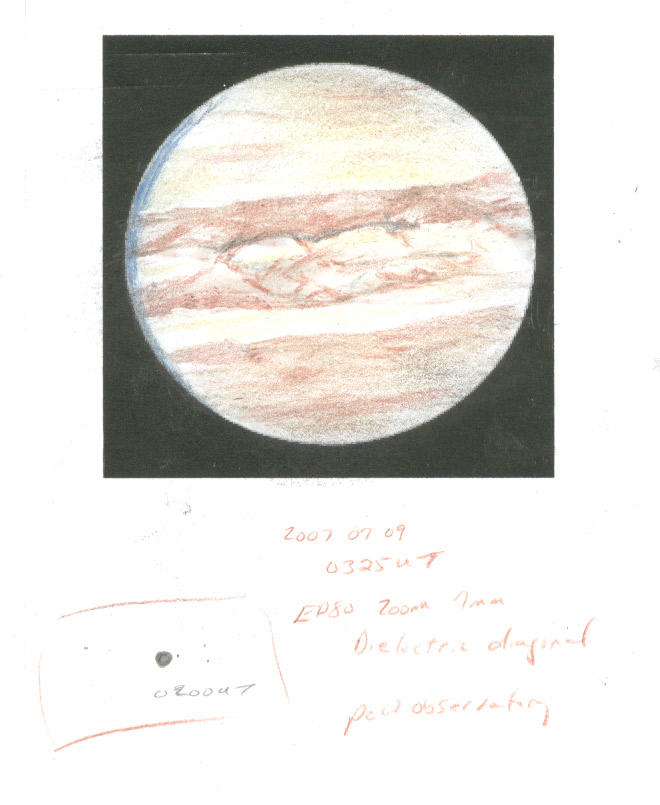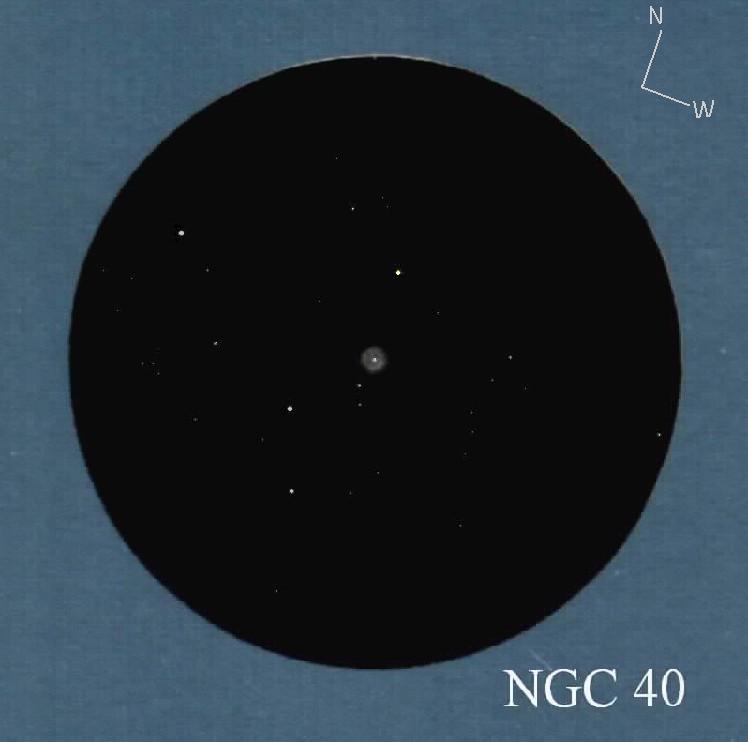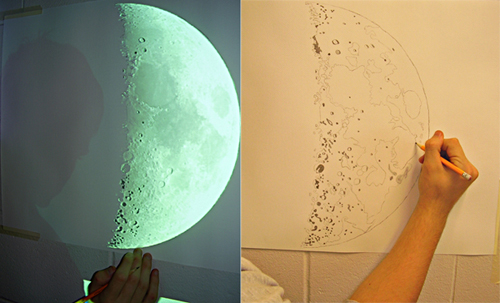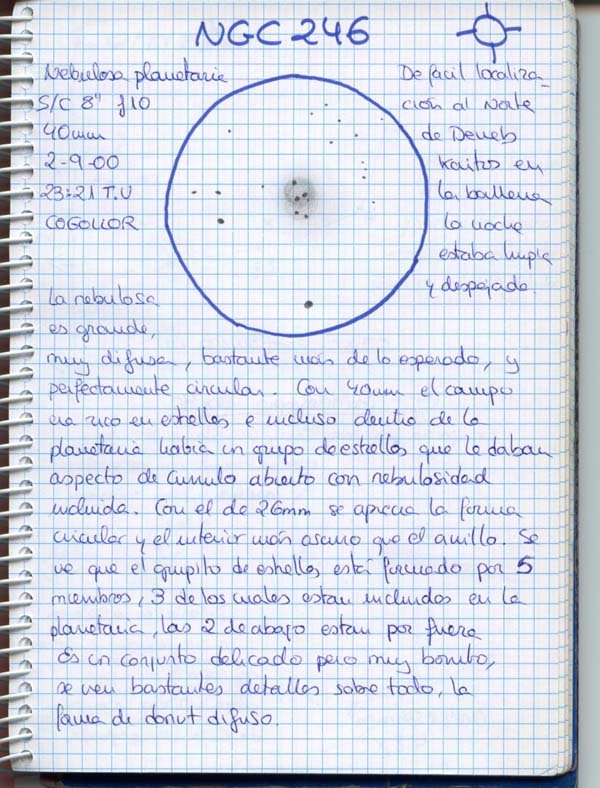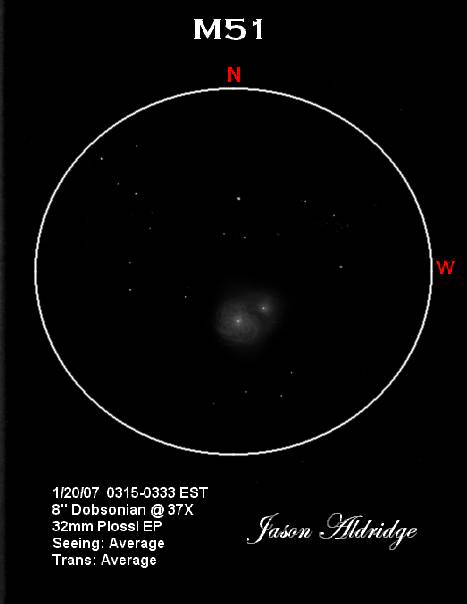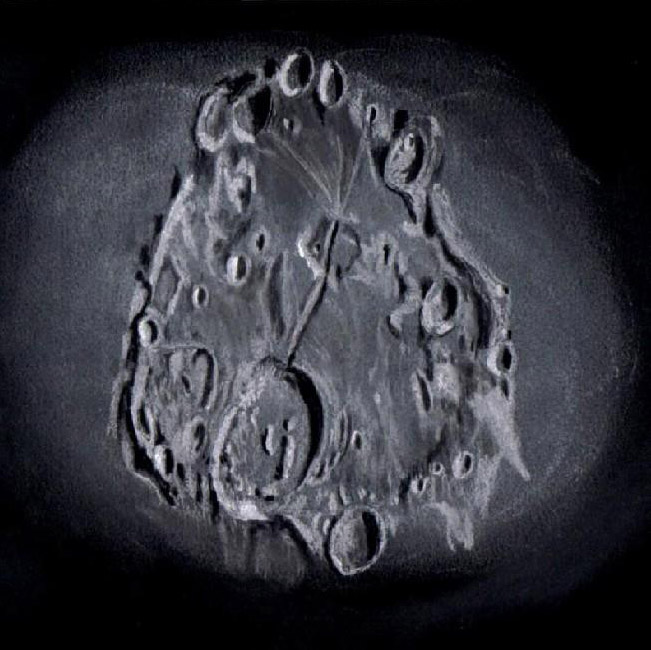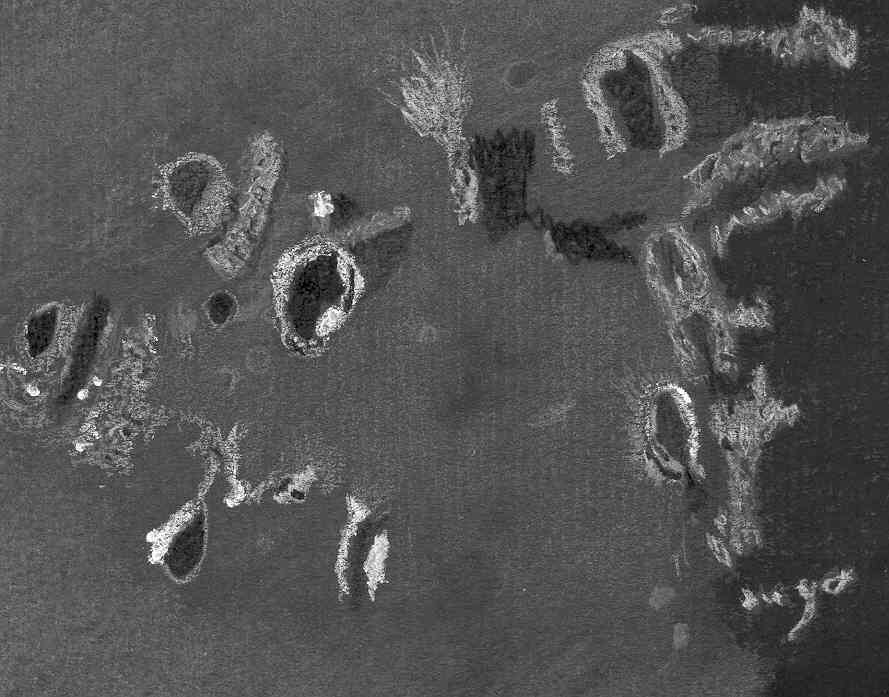
This image shows just a fraction of the art I received for my Space in
Art Celebration. Young Irish school children celebrated 50 years of space
exploration through art.
Space in Art, an exhibition of the work of over 150 children took
place in Gonzaga College Dublin on October 4th.
This was a combined effort from St Andrews NS Blackrock, St Peters NS
Walkinstown, Griffith Barracks NS Dublin with summer project work from
Donore Avenue and Bridgefoot Street children, Dublin city centre.
Wonderful expressive celebratory art in paint, pencil,
glitter,collage,3D, oatmeal, you name it, it was there in truck
loads.Moons (even Iapetus), Planets, Stars,Shuttles, Rockets,and of
course Aliens all in abundance, all bursting with colour and energy.
This exhibition will travel to Birr to take part in the 2007 Whirlpool
Star Party which is a convergence of all things astronomical in
Ireland and abroad. Space in Art was a symbiotic explosion of children’s
work along with a talk on the future of space exploration by Dr John Mason.
Many thanks to all the teachers, pupils, and other individuals who took part.
This event came from a partnership between The Irish Astronomical
Society and South Dublin Astronomical Society.
Deirdre Kelleghan
Deirdre Kelleghan
President
Irish Astronomical Society 1937 – 2007
http://www.deirdrekelleghan.com/



